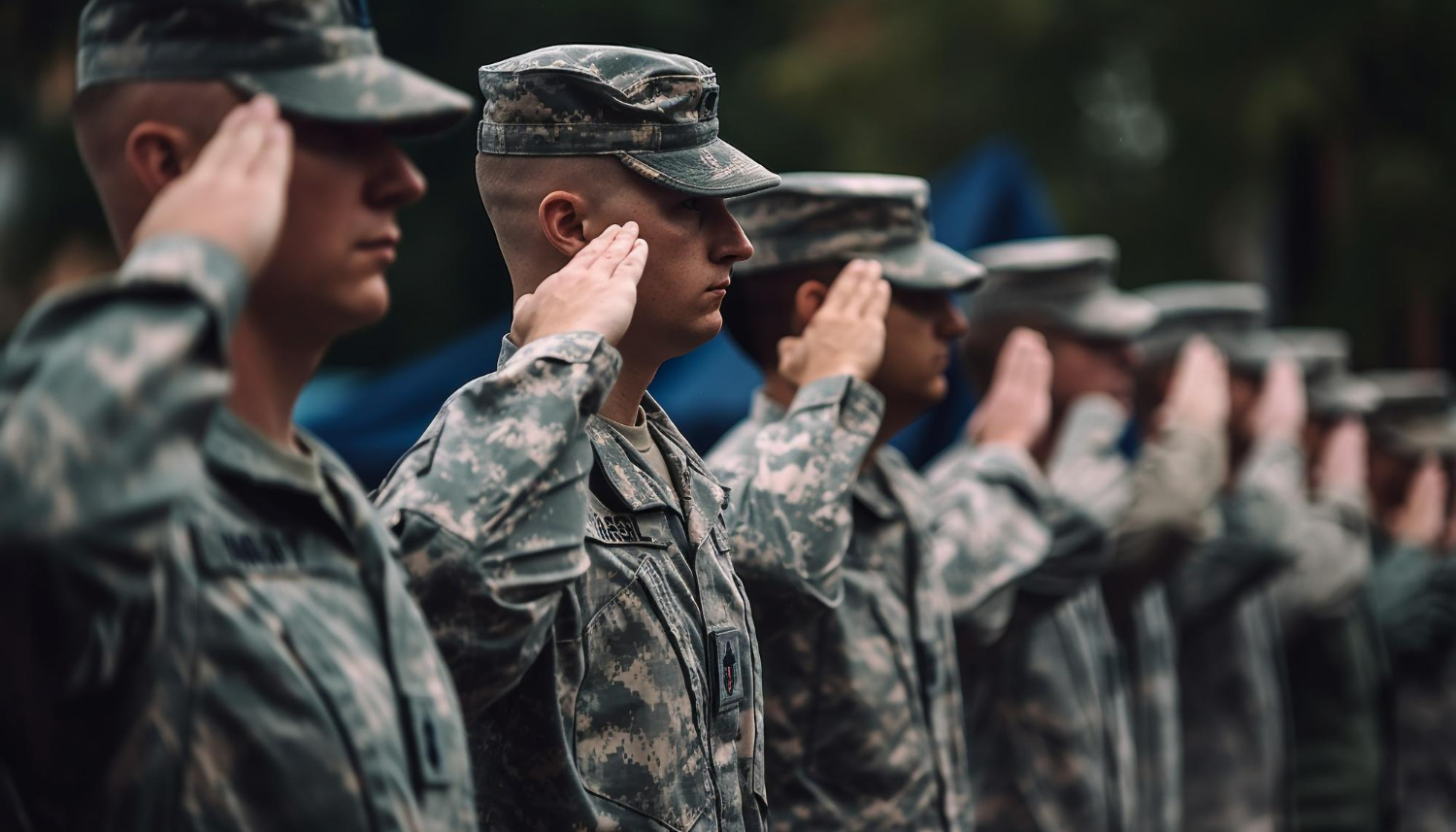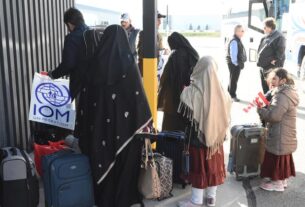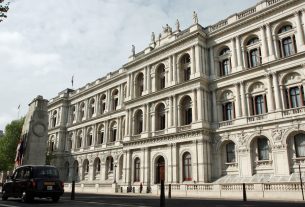European nations, led by the UK and France, are quietly working on a plan to deploy troops to Ukraine following a potential peace agreement with Russia. The move is part of an ongoing effort to ensure post-war security in the region, with officials acknowledging the need for some form of military presence to guarantee Ukraine’s safety once the conflict ends.
Details of the plan remain closely guarded, with key players reluctant to give away specifics ahead of any peace talks, which could be influenced by Russia’s stance. UK Prime Minister Keir Starmer recently affirmed his country’s role in providing security guarantees for Ukraine in the event of peace, though he refrained from delving into specific military capabilities.
This initiative has been under discussion for over a year, with a renewed sense of urgency following concerns that former President Donald Trump might attempt to bypass European and Ukrainian interests in favor of striking a deal directly with Russian President Vladimir Putin. During a speech at the Munich Security Conference, Ukrainian President Volodymyr Zelenskyy emphasized the importance of Ukraine’s role in any peace talks and warned that without NATO membership, Ukraine might have to build a “second NATO” within its borders.
The idea of a European military presence in Ukraine was first floated by French President Emmanuel Macron in early 2024, sparking initial backlash but later gaining traction. While Macron’s suggestion was controversial, it has led to serious discussions about the type of force needed to maintain stability once the war concludes.
European countries like Italy, the Netherlands, and Poland face domestic challenges in contributing troops, with constitutional restrictions or parliamentary approvals required. However, the ongoing discussions aim to define the size, composition, and role of the European force, which will depend heavily on the terms of any future peace agreement.
Ukrainian officials have advocated for a significant European military presence, with Zelenskyy suggesting the deployment of between 100,000 and 150,000 troops, though media reports speculate a smaller contingent of 30,000 to 40,000. The focus of the contingent would depend on the areas of expertise of the European countries involved, with the UK and Nordic nations potentially leading naval operations.
Zelenskyy has also pointed out that Ukraine’s army is the only European force with real experience in modern warfare, further underscoring his country’s strategic value. However, he admitted that Ukraine lacks sufficient weapons and equipment, such as fighter jets and advanced missile defense systems, which would be necessary for a post-war security environment.
As the situation continues to unfold, Zelenskyy has pushed for a broader “Armed Forces of Europe” to complement NATO, emphasizing that European countries alone would not be able to counter a Russian threat without Ukraine’s military expertise. This vision of a stronger, more integrated European defense force could reshape the security landscape for years to come, should peace negotiations succeed.
While the specifics of the European troop deployment remain uncertain, the concept highlights the growing recognition that securing Ukraine’s future requires a significant international commitment beyond just diplomatic agreements. The outcome of these discussions will play a pivotal role in ensuring stability in the region after the conflict ends.
Picture-by-vecstock-via-freepik



